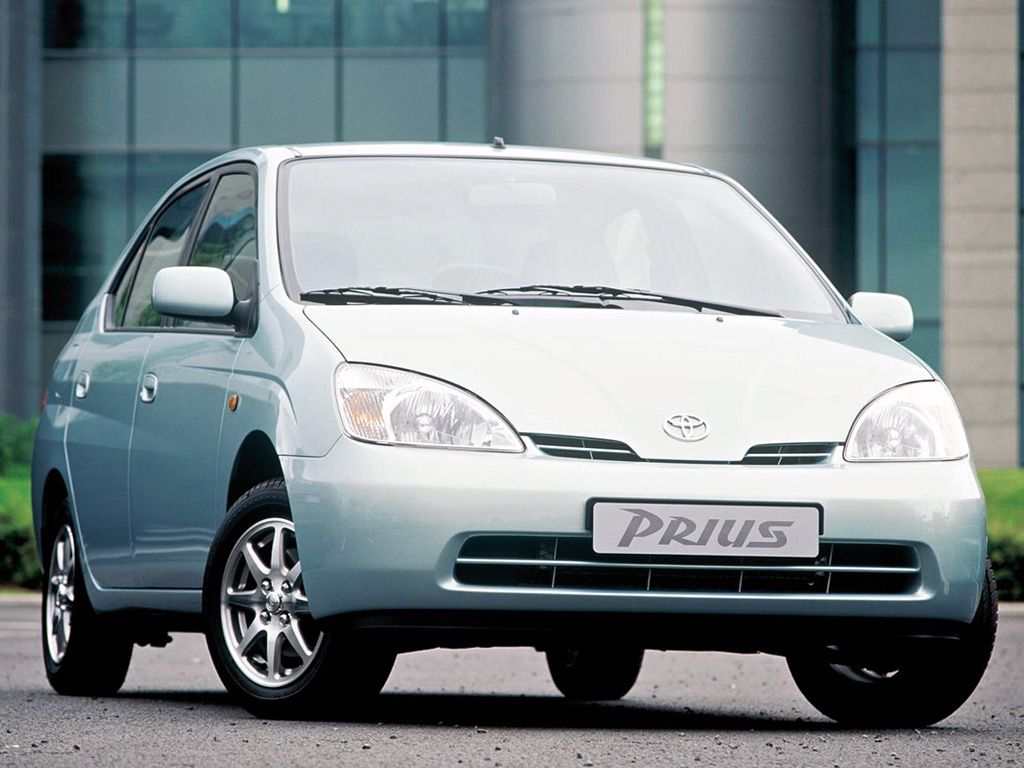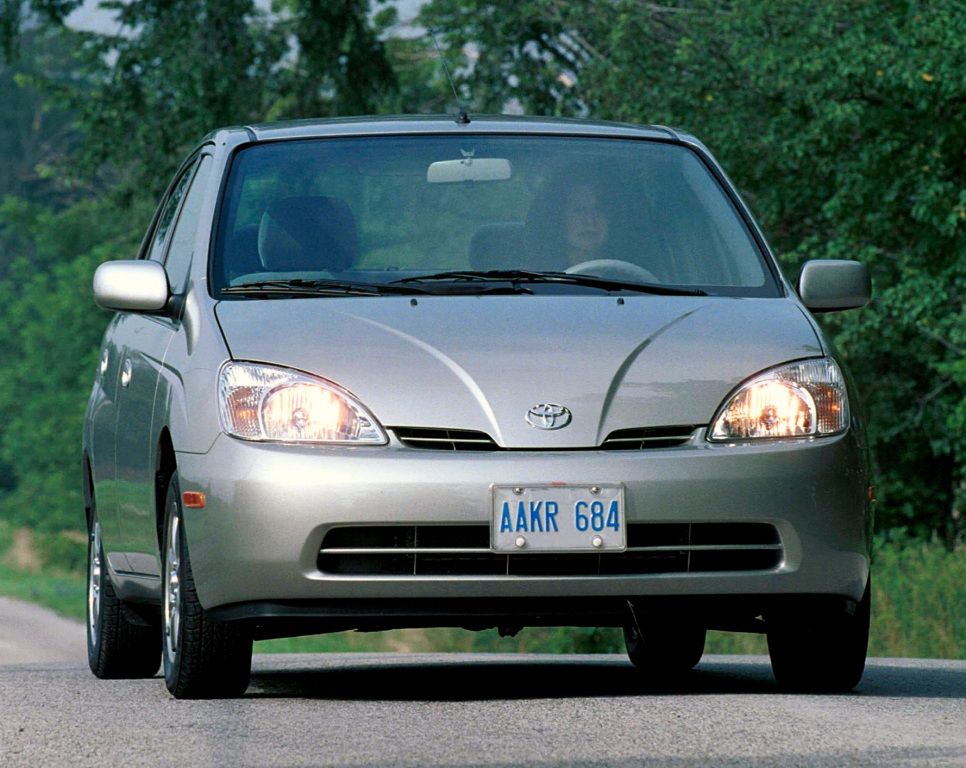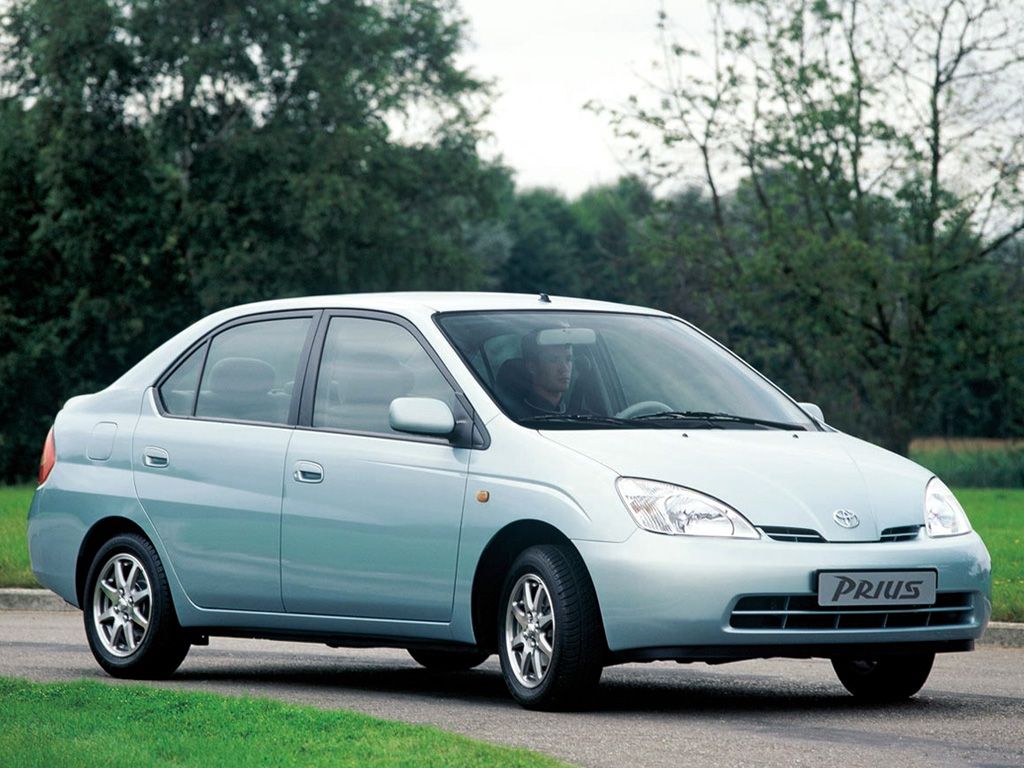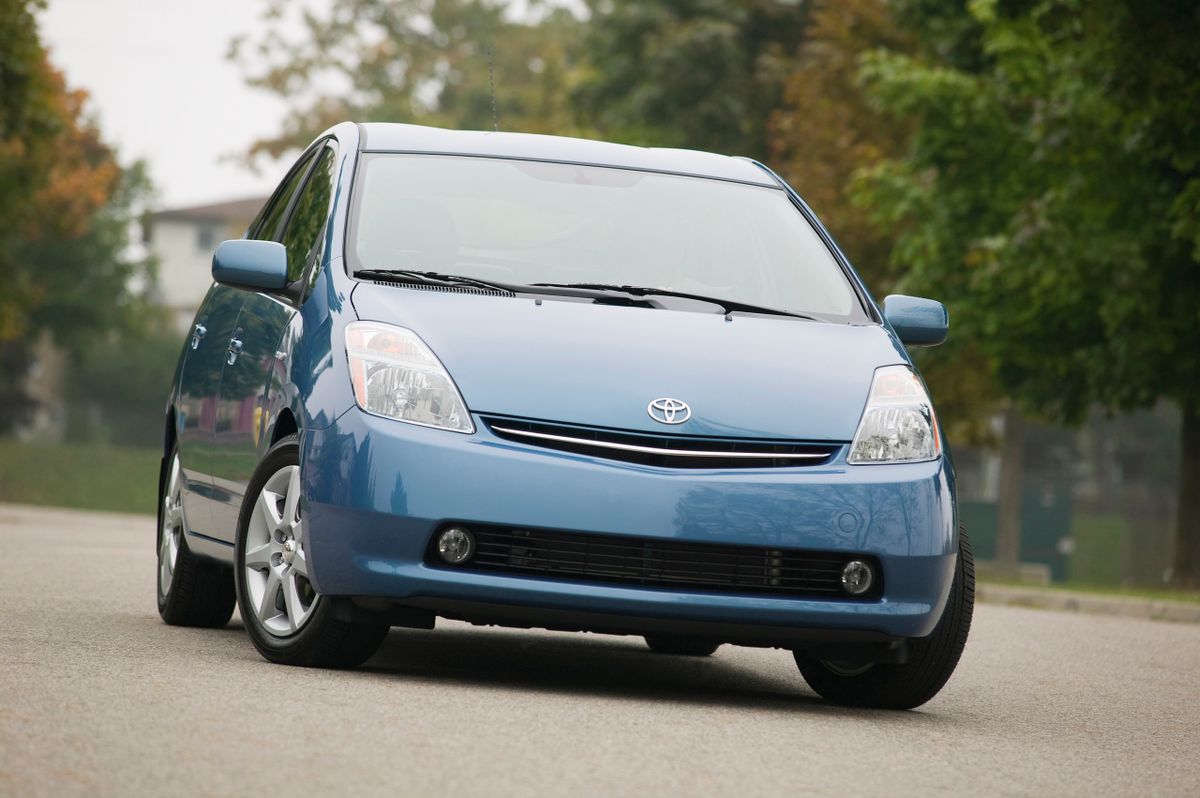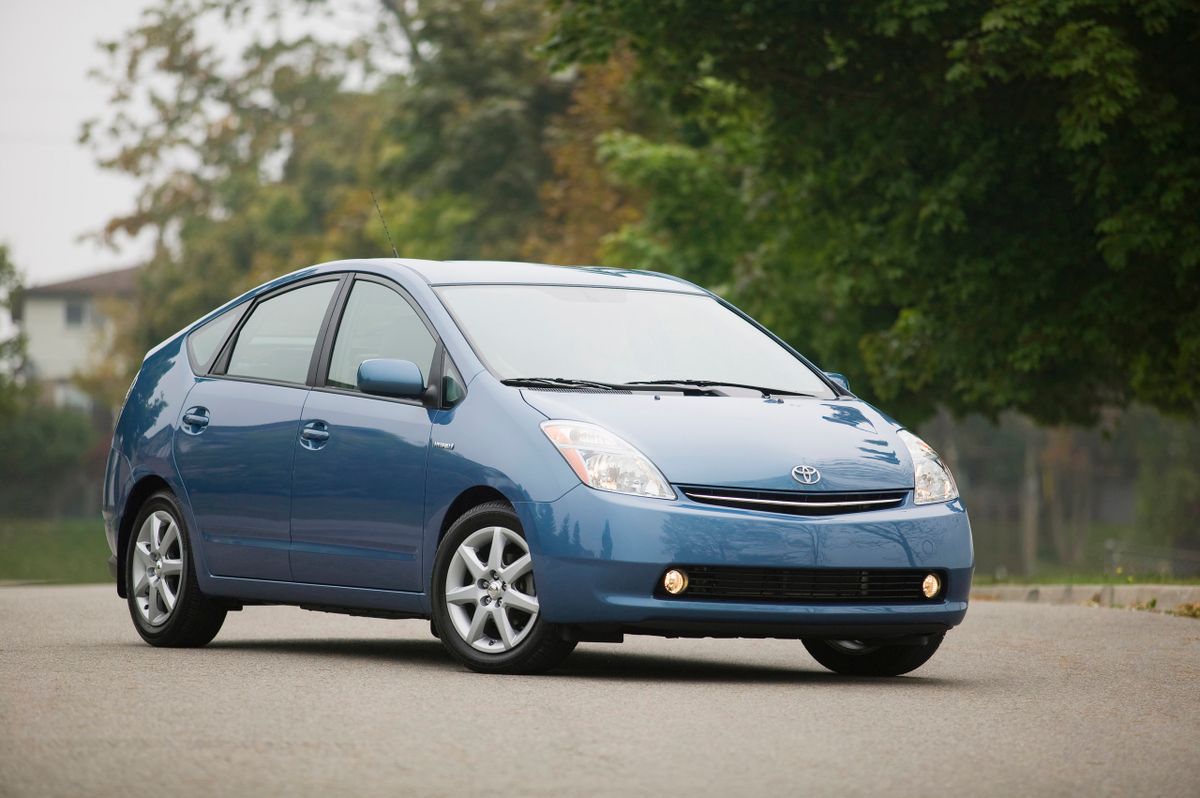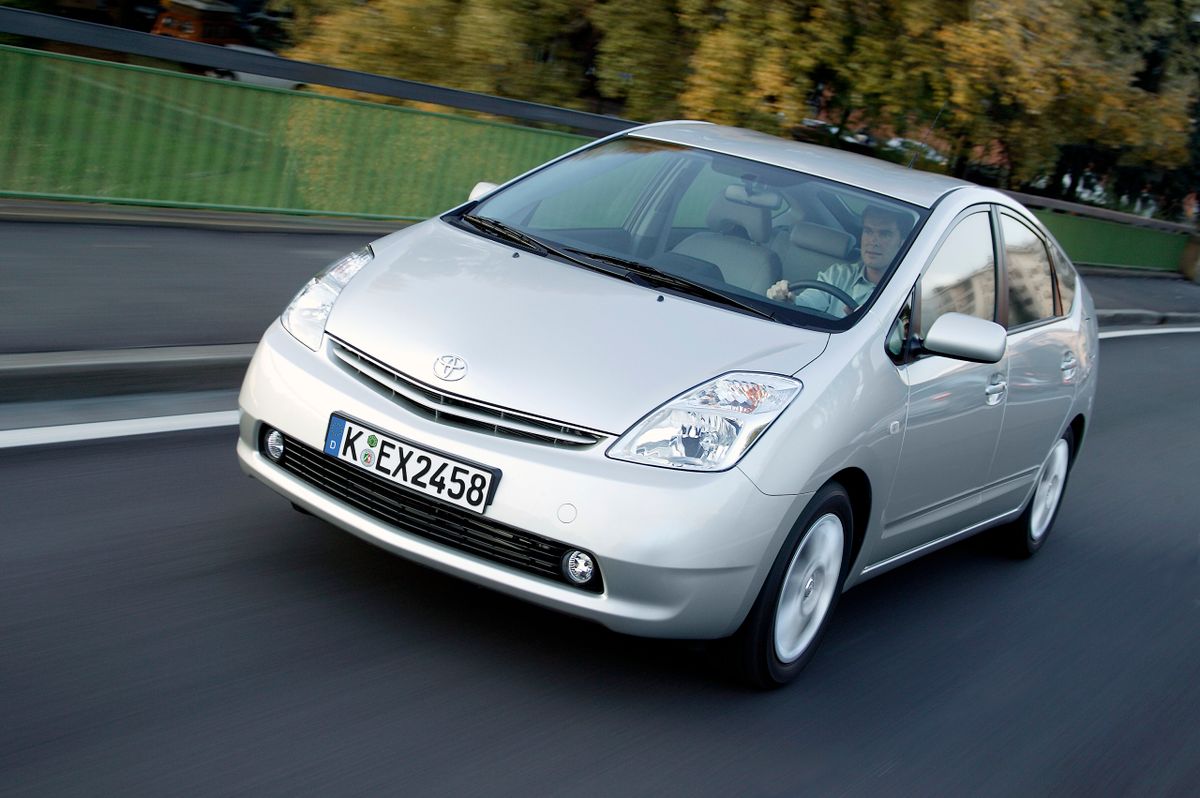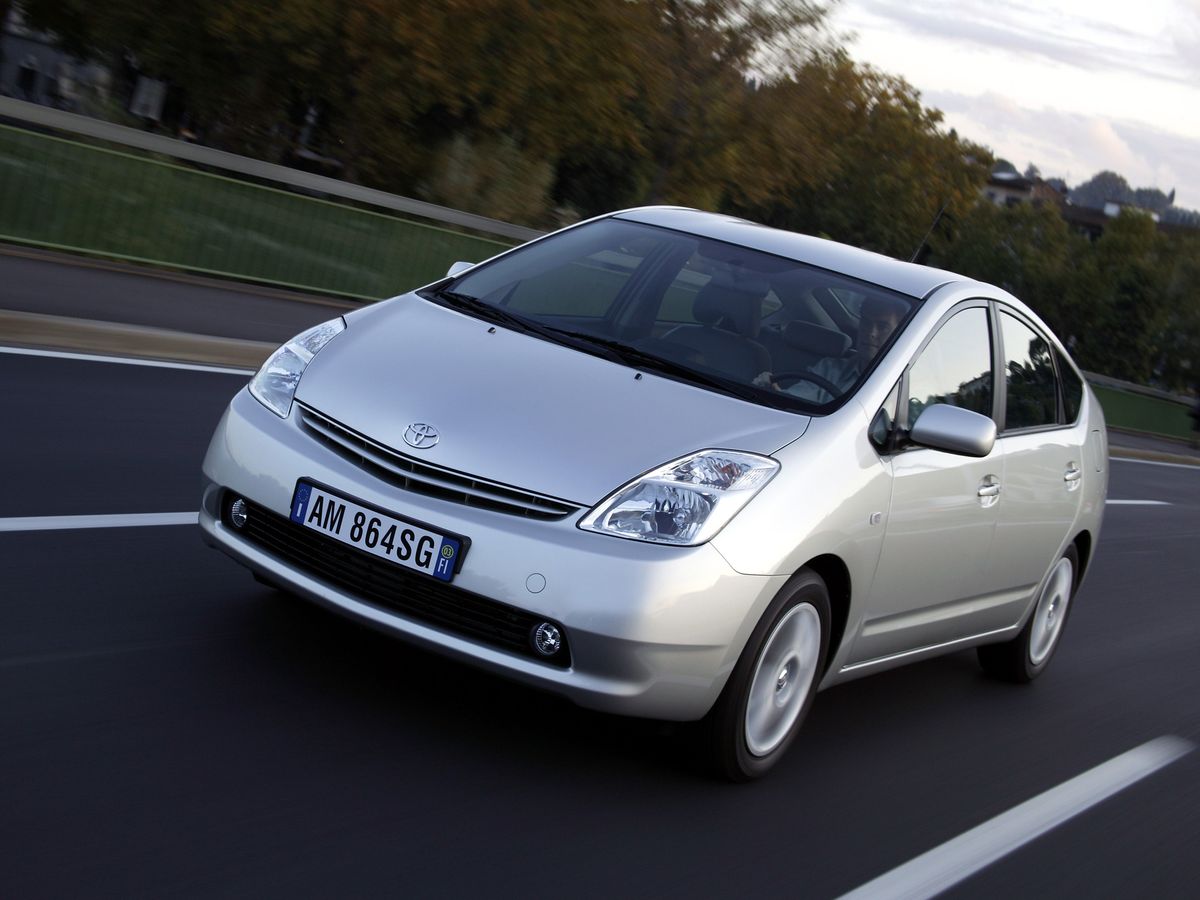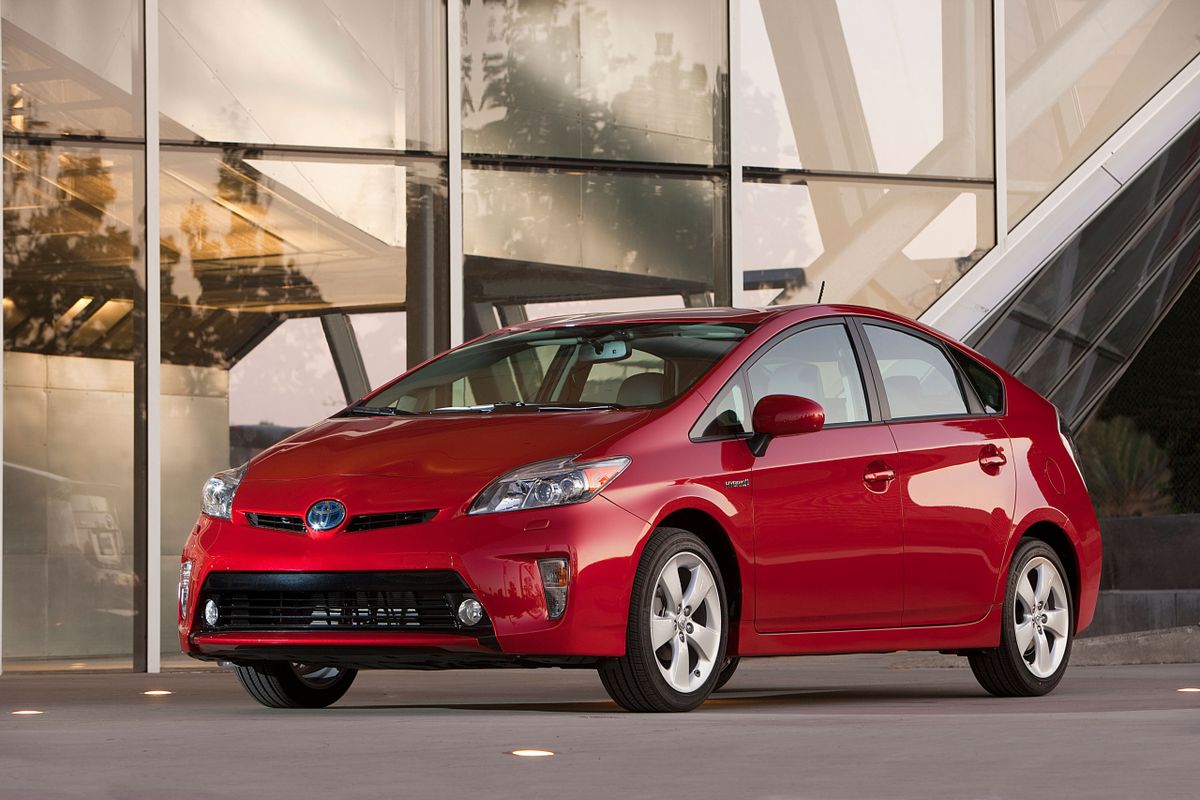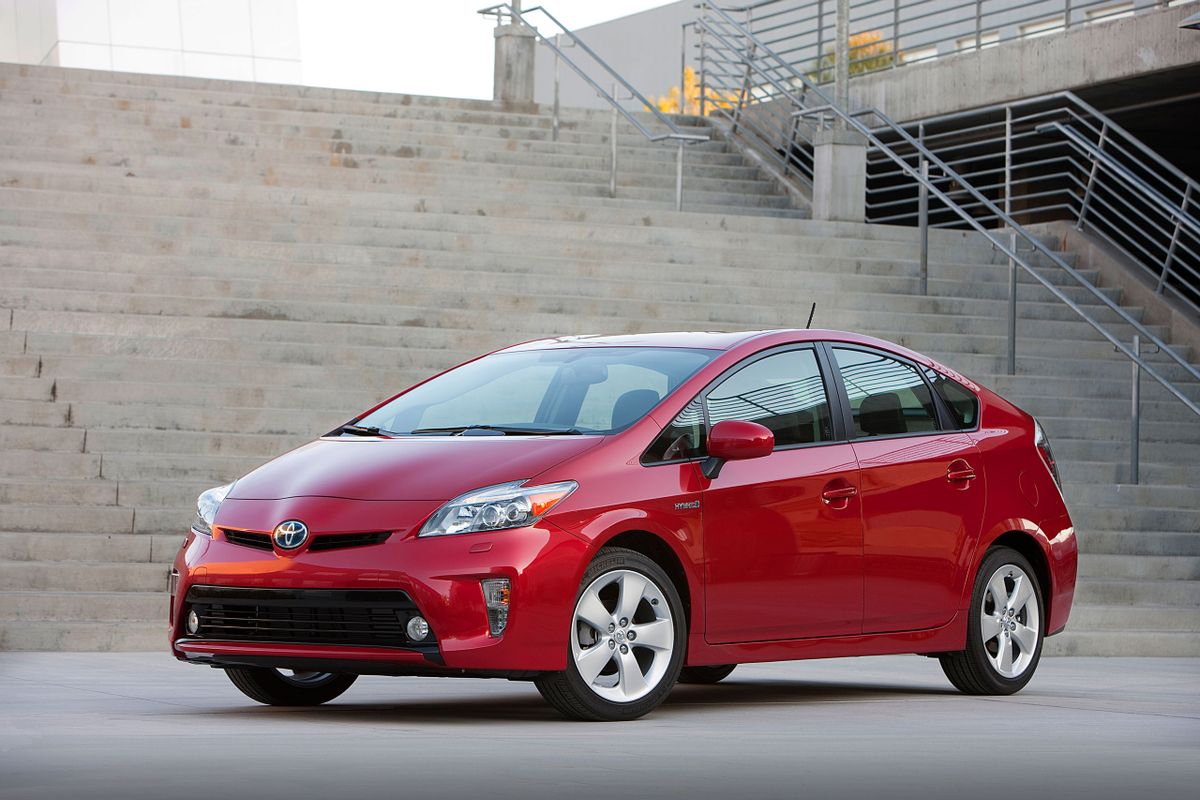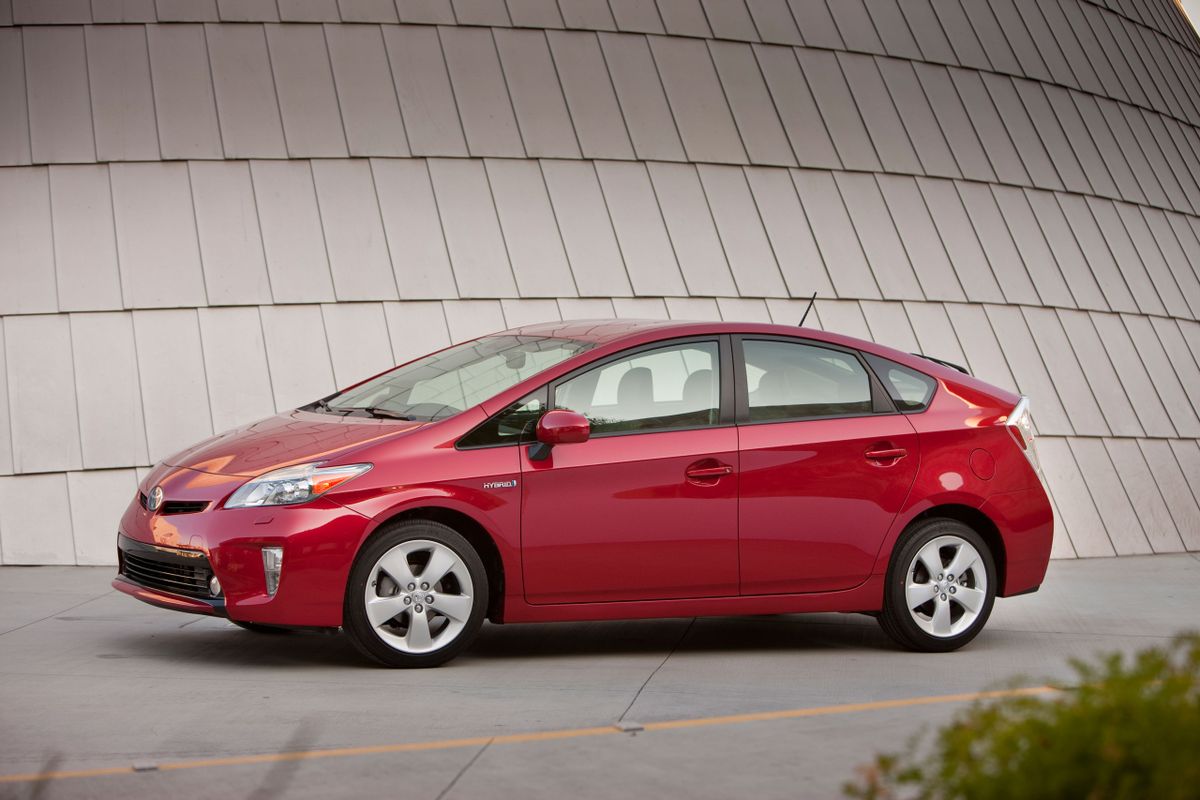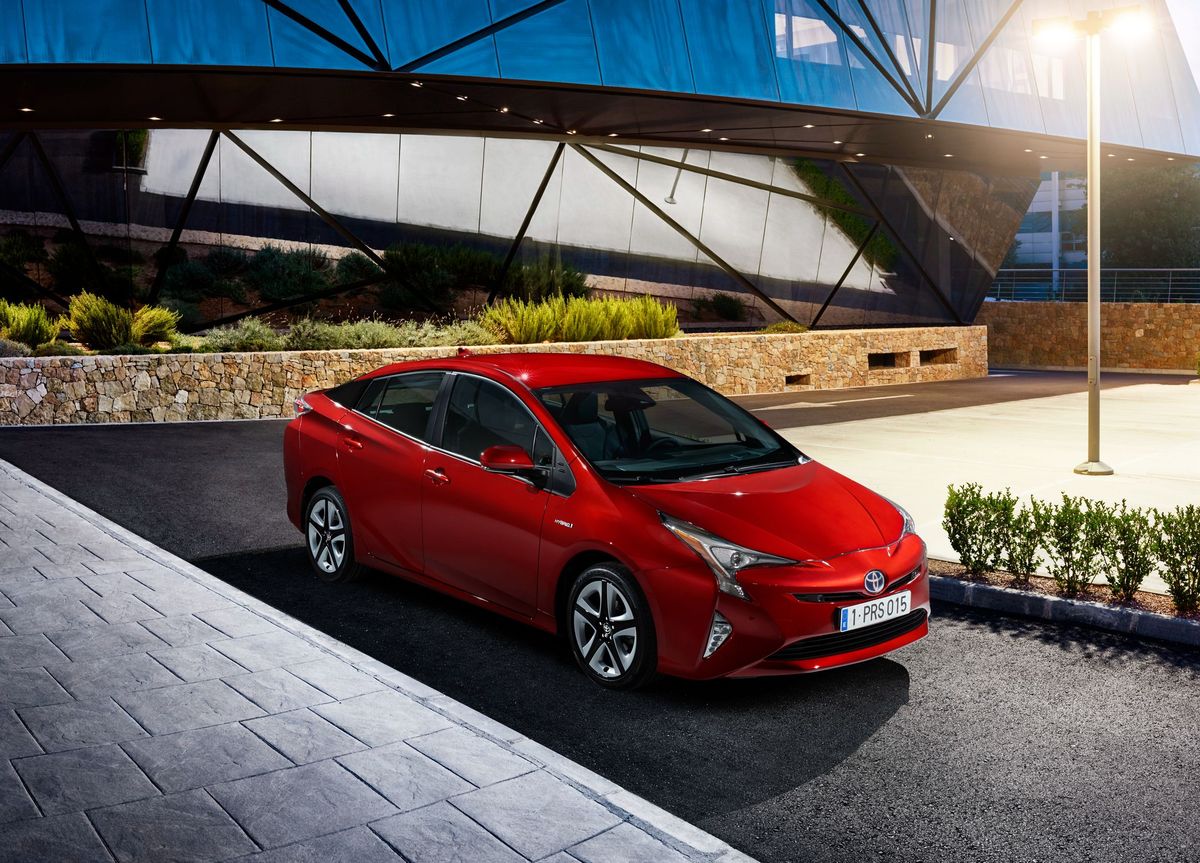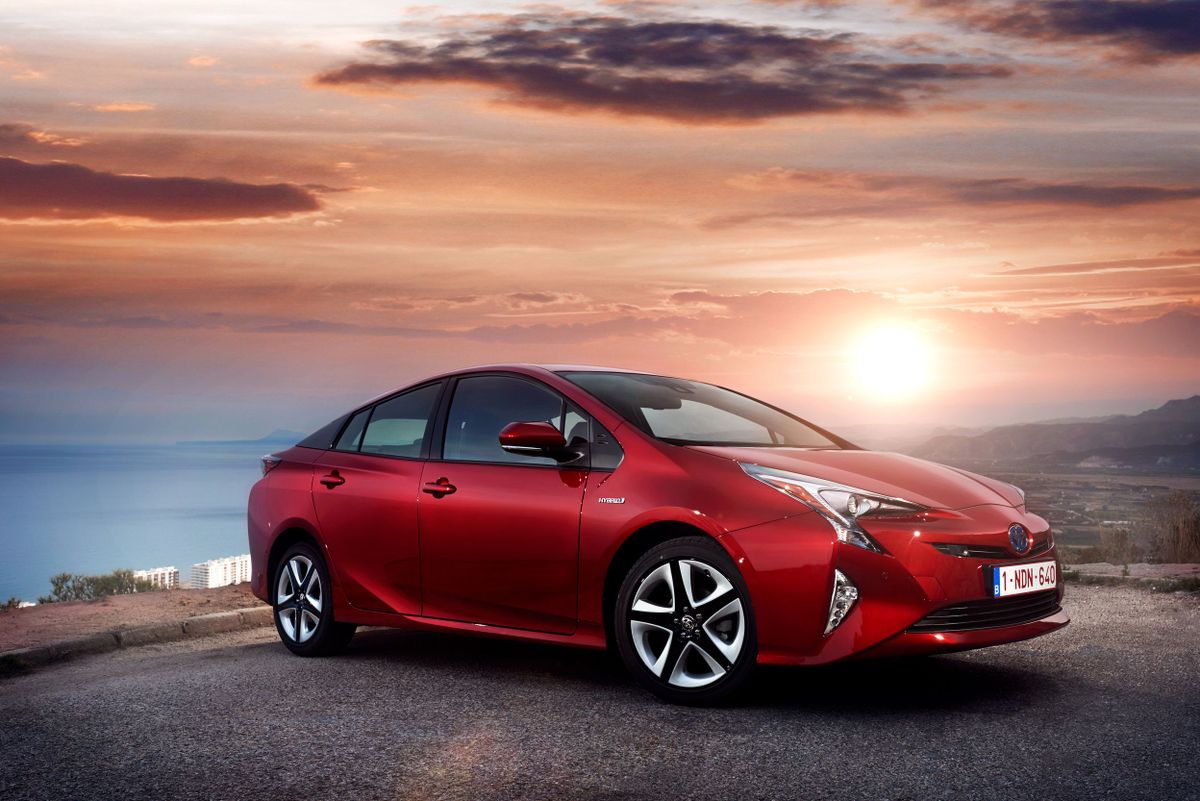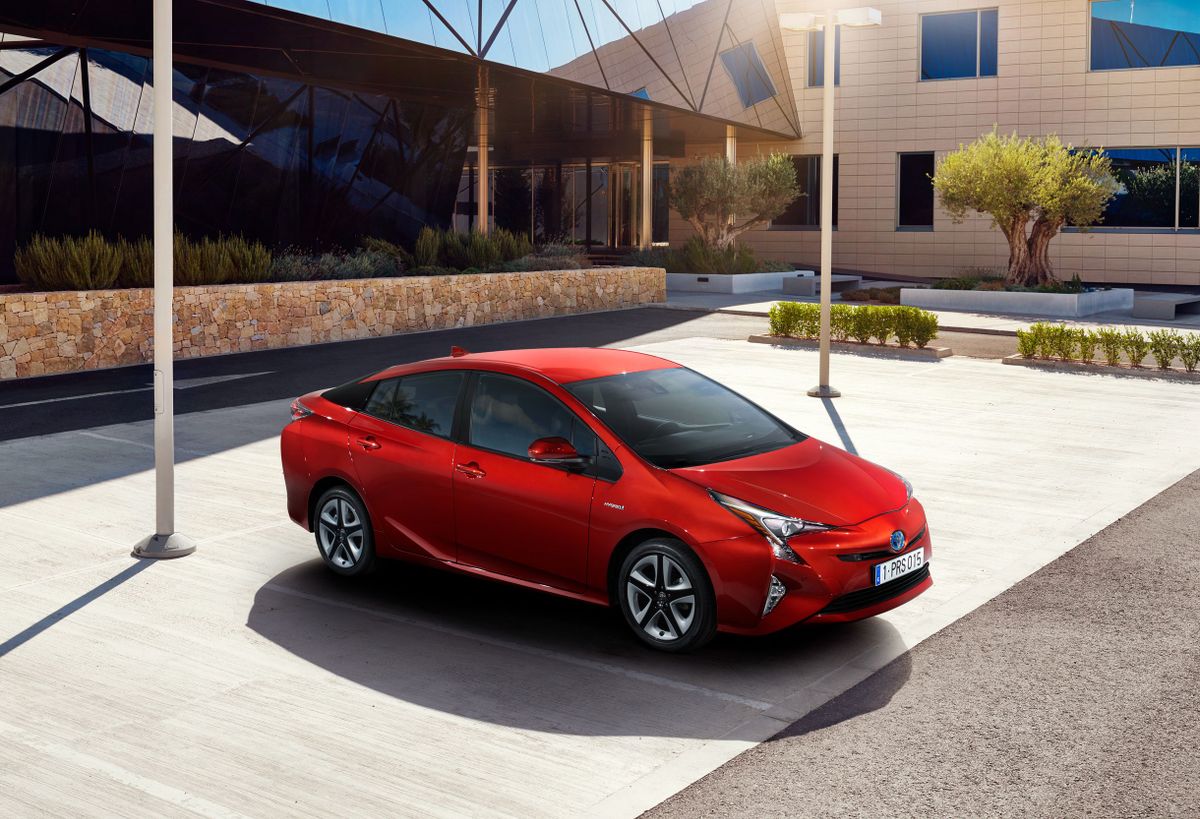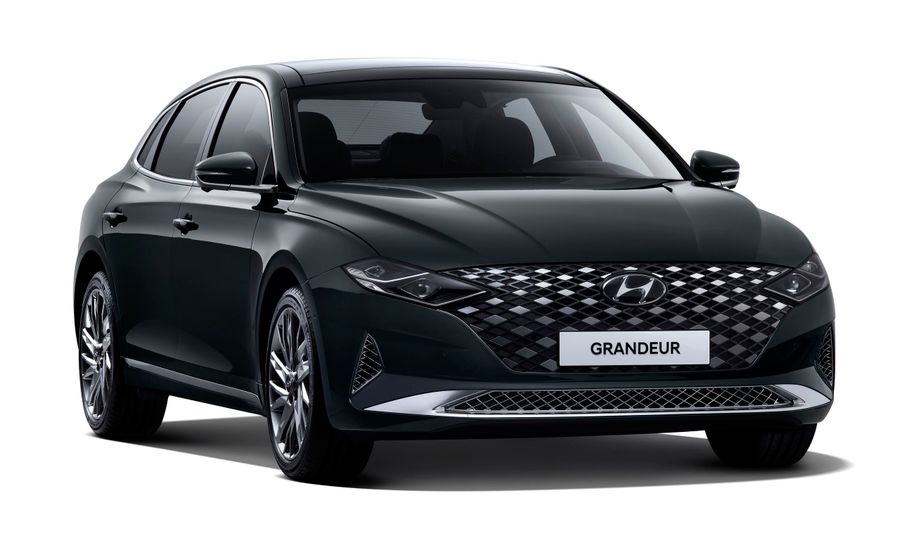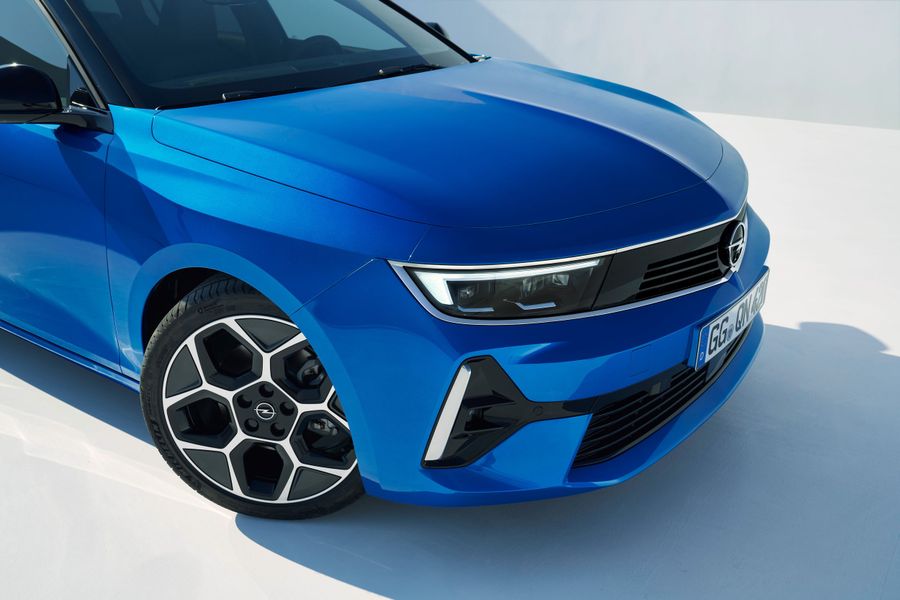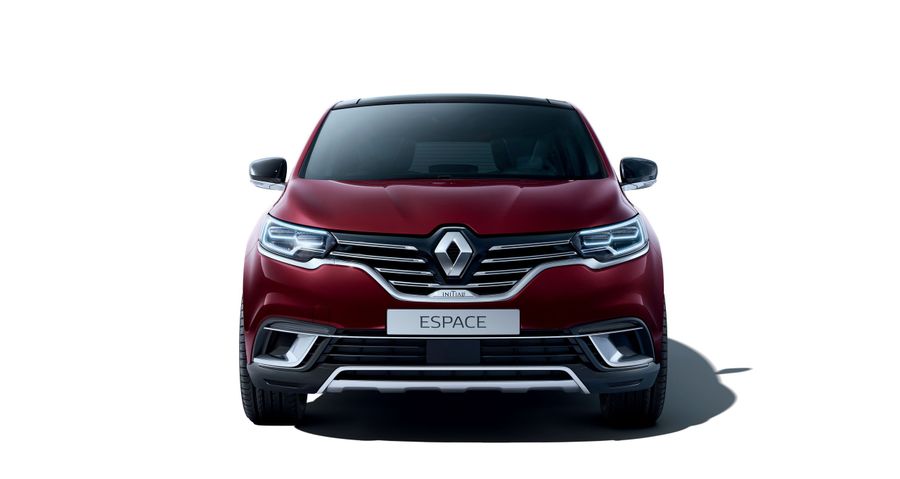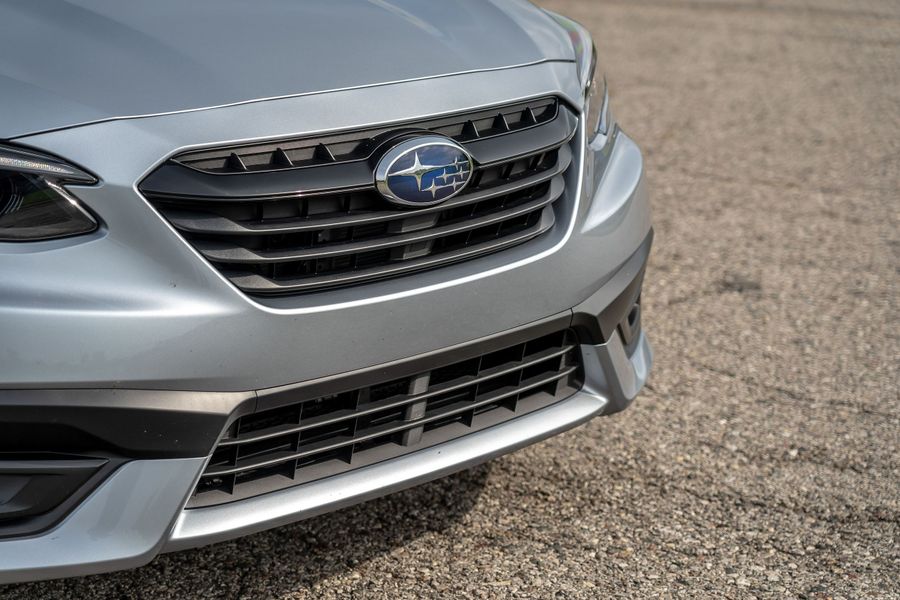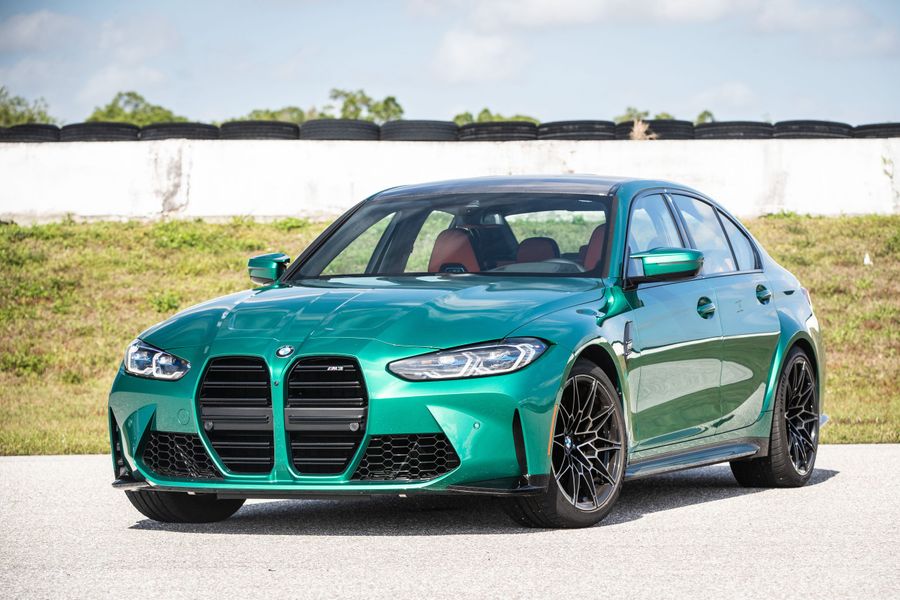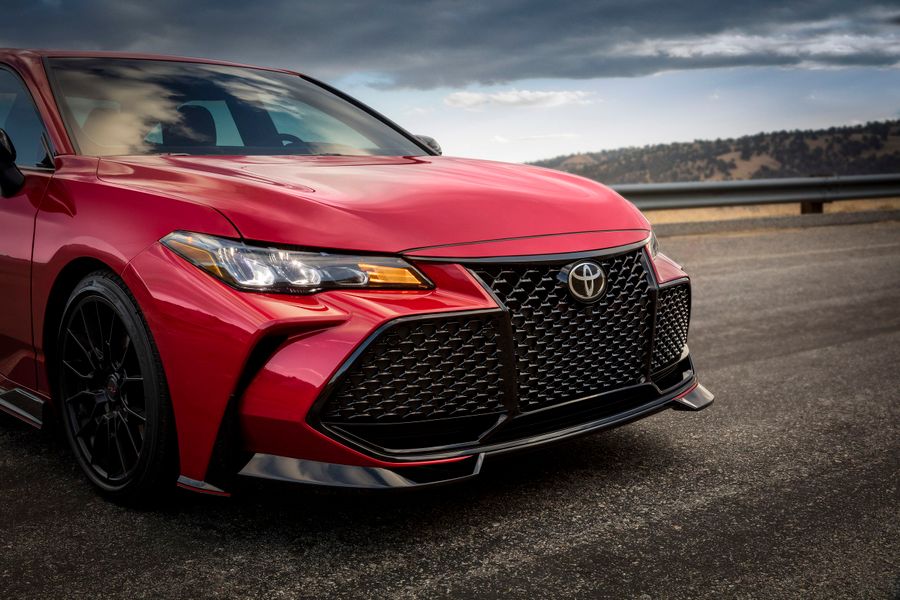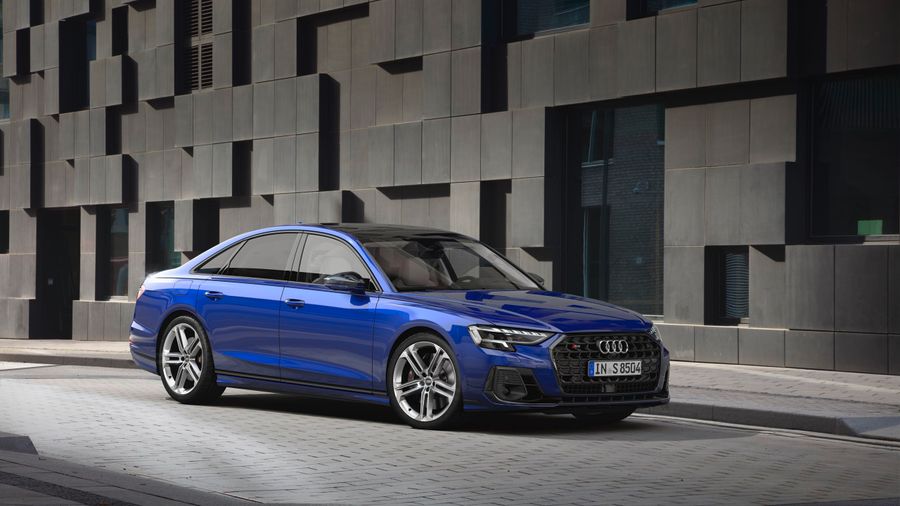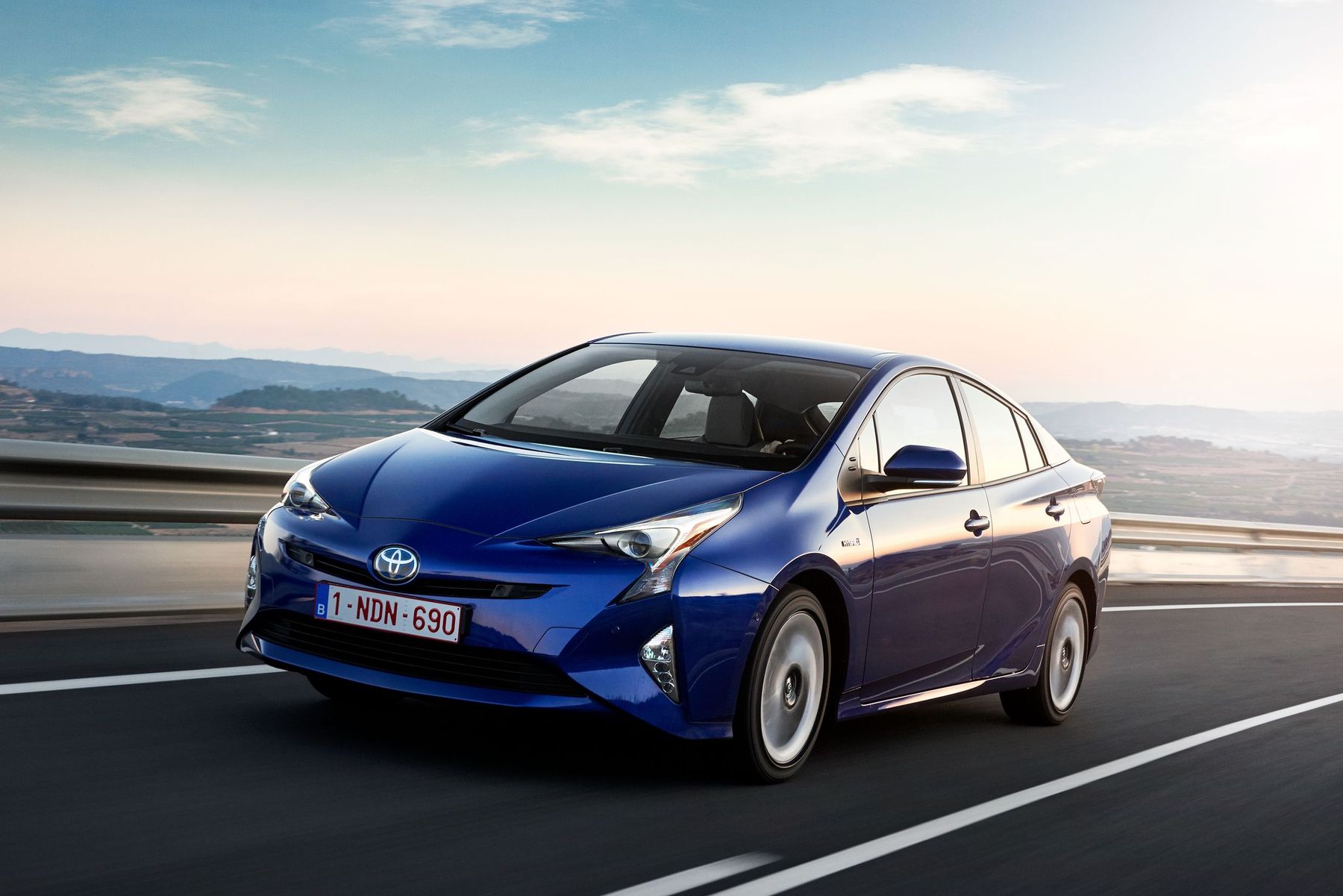
Toyota Prius. The first hybrid
Additional information was added about the 2018 restyling of the fourth generation car.
The Toyota Prius is a front-wheel-drive C-class passenger car from Japanese automaker Toyota, produced since 1997. It is considered the world’s first mass-market hybrid car, driven by both gasoline and electric engines. And this is reflected in its name - the word “Prius” has Latin roots and is interpreted as “first” or “original”. For its environmental friendliness, low emissions and low fuel consumption, the Prius has won many prizes and awards, being recognized as “Car of the Year” in Japan, North America and Europe.
The fourth generation of the Toyota Prius is now available in the market. Since 2015, it has been available to Israeli customers in a 5-door liftback body. Previously, a Prius sedan and a 5-door hatchback were available. In addition to the base model, there is a Prius in a ‘station wagon’ body called the Toyota Prius+ and a model with an extended battery that can be recharged from an external power grid, the Toyota Prius Plug-in. Both are on the Israeli market.
First generation
The first generation of the Toyota Prius sedan was produced from 1997 to 2003, having been restyled in 2000. Japanese developers set an ambitious goal - to create an innovative car of the 21st century, which should be compact, but roomy, but most importantly - economical - with low fuel consumption and low levels of harmful emissions. The development of the hybrid engine was actually carried out from scratch. So when the prototype of the future Prius was assembled in November 1995, which drove the first 500 meters and stalled, everyone was just happy. That was just the beginning, a lot of problems had to be solved before a production-ready car could be created. And in December 1997, the first Prius rolled off the assembly line. The unprecedented feature of this project was that unknown and untested technologies were researched and prepared for mass production in just about two years. And the Prius loved it! It was chosen for its low fuel consumption, low emissions, and most importantly, the first-generation Prius was full of technical innovations.
Second generation
The second-generation Toyota Prius was produced from 2003 to 2009 and restyled in 2005. The sedan was replaced by a longer, wider, and more streamlined hatchback with a large trunk door at the back. The electric motor of its hybrid powertrain was twice as powerful, so the gasoline engine came in less often, resulting in significant fuel saving.
The Toyota Prius has been the world’s first mass-market hybrid car, powered by both gasoline and electric engines. And this is reflected in its name - the word “Prius” has Latin roots and is interpreted as “first” or “original.
Soon after the Prius began to be offered all over the world, the governments of eleven states began to support the ‘green’ cars. In addition to the net savings on costs, the Prius, as a non-polluting car, has a special status in most European cities. In London, for example, it was exempt from tax when entering the city center.
Third generation
The third-generation Toyota Prius was produced from 2009 to 2015, receiving a restyled version in 2012. The silhouette of the third Prius didn’t change a lot, but the smooth lines were replaced by more fashionable sharp contours and flat surfaces. But the hybrid powertrain was 90% new. Specially designed for the third Prius, the 1.8-liter engine worked at lower rpm most of the time, loaded less, saving fuel. The redesigned transmission was smaller and lighter, and the electric part of the system ran at higher voltages, increasing its output.
In order to meet the needs of urban residents, the manufacturer started producing the Prius PHV (Plug-in Hybrid Vehicle) version since 2012. It was a hybrid passenger car with the ability to recharge from an exterior electrical network. The electric traction allowed this Prius to travel about 25 kilometers at a speed of no more than 80 km/h. As soon as the battery discharge became critical, the internal combustion engine was automatically started, and the car could continue moving. The extended electric travel made the car 45% more fuel efficient than the base Prius model. In mixed driving mode, powered by an electric motor and an engine, the lithium-ion battery collected more energy during regenerative braking, recharged faster and allowed the car to switch to electric mode more often, which also saved fuel. The battery could be fully charged in 1.5 hours from a 230 volt mains supply.
Fourth generation
The fourth-generation Toyota Prius is produced from 2015 to the present and is available to Israeli buyers in liftback body. The 2015 Prius is based on the new TNGA platform and has a futuristic look. The fourth Prius differs greatly from its predecessors in its angular shapes with jagged and zigzag elements. The engine remains the same, but its efficiency has been improved, the completely redesigned transmission has become even more compact, and the newly created electronic components have become much more economical. An independent rear suspension, as well as a battery placed under the rear seat, made it possible to significantly increase the volume of the luggage compartment. For the first time, an all-wheel-drive version of the vehicle with a periodically switched electric rear axle is available.
2018 restyling
In November 2018, the car acquired new, calmer look: bold lines and edgy ruptures were smoothed out, the front and rear optics and front bumper were redesigned. The car was now equipped with LED headlights. The most expensive trim level started featuring a vertical 11.6 inch screen of the media system. The main powertrain of the Prius was the same.


